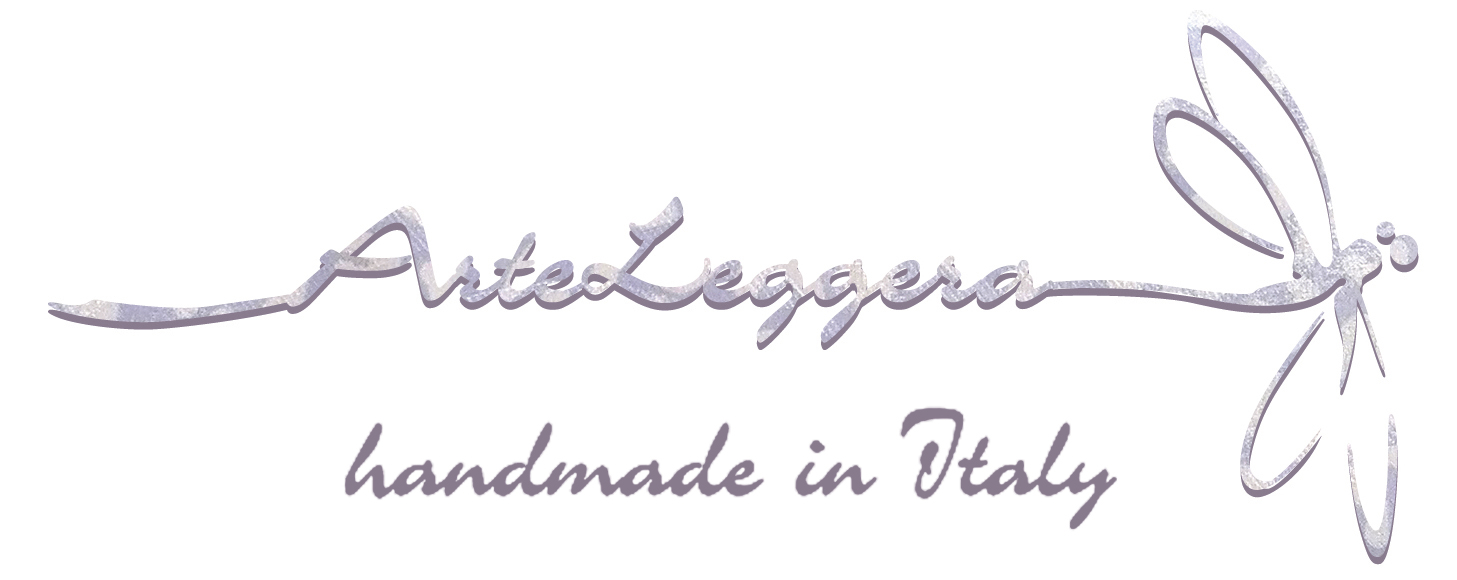La via della seta
Smooth, light and elegant, silk has an ancient origin, dating back to 3000 B.C. when it was first discovered in China. According to a legend, it was the Chinese empress Xi Ling Shi to disentangle the first cocoon and sericulture (process of silk production) turned to be a secret to be carefully guarded, becoming a monopoly of China. However, slowly, cultivation spread to Japan, Korea and India. In Europe, although the Roman empire was acquainted to and appreciated silk, sericulture begun only around 550 AD, with the Byzantine empire; apparently legend has it that monks working for the emperor Justinian I smuggled silkworm eggs to Constantinople in hollow canes from China. The network of trade routes from East Asia to Southeast Asia and East Africa, from West Asia and Southern Europe was called the silk road, because of the lucrative trade in silk carried out along its length. According to various sources sericulture introduction in the Italian peninsula is due to Ruggero II king of Sicily, in the first half of XIIth century.
From the XIIth cen. Italy became the most important producer of silk during the Medieval age, the most renowned cities being not only Palermo, Messina, Catanzaro, but also Bologna, Lucca e Firenze where the Arte della Seta was acknowledged as of the seven major corporations (Arti Maggiori).
The cocoon production in Italy declines between the two world wars until it almost disappears after the latter, because of the introduction of synthetic fibers and the changes in agricultural practices.

Silk production
Silk is a natural protein fiber. The protein fiber of silk is composed mainly of fibroin and is produced by certain insect larvae to form cocoons. The best-known silk is obtained from the cocoons of the larvae of the mulberry silkworm Bombyx mori reared in captivity (sericulture)
Silk production is a very delicate process; it requires great care in cultivating the silkworms on mulberry leaves, in special humidity and temperature conditions. When the silkworms will have reached the correct development phase, for 3-4 days they will produce long filaments that they use to build their cocoon; each filament can be from 300 to 900 mt long.
Once the worms start pupating in their cocoons, these are dissolved in boiling water in order for individual long fibres to be extracted and fed into the spinning reel.
The degumming process follows in order to eliminate and wash out the sericin,
This way the fiber is more lucent and soft and is ready be combined to form thread, the threads may be plied to form yarn.
The various steps of sericulture, from harvesting cocoons to carding are almost totally handmade and this makes the final cost of the fiber rather expensive.
The fabric obtained from silk is lighter than wool and cotton, is very resistant and keeps you warm in winter and fresh in the summer.

Silk in literature
The Silkworm is a 2014 crime fiction novel by J. K. Rowling, published under the pseudonym Robert Galbraith
